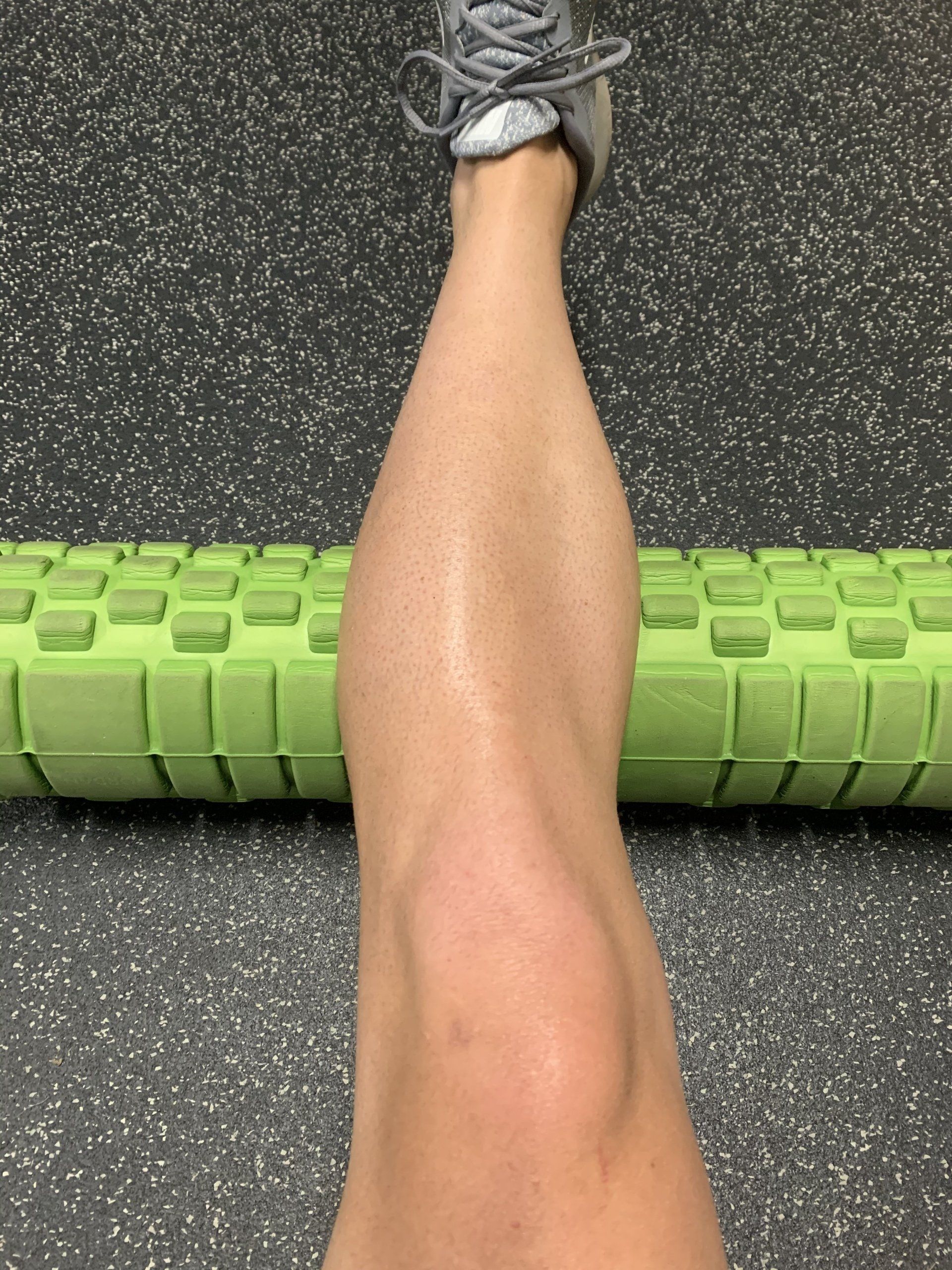How to improve your flexibility
To Begin with....
I think that I should firstly clarify my views on stretching. If you have enough range of motion to perform tasks effectively then don’t waste time on stretching sessions. Use the time to improve other areas of performance such as core stability. The caveat to this is if you have lots of time, you find it positive for mental health reasons or have muscle soreness from training, stretch as your schedule allows.
Secondly, I hold the view that static stretching is not effective at increasing the length of a muscle (as in, increasing the number of fascicles within series alignment of the muscle), rather that it helps to lengthen those existing tissues and reduce the sensation of ‘stretch’ on a muscle for a period of time, which would reduce if regular stretching stopped.
So, I don’t recommend to my athletes that they complete static stretching for that reason, it takes too long to cause any useful effect. If my athlete has a movement dysfunction caused by overactive muscles, I foam roll them and then static stretch them to reduce their level of activation, not to particularly cause them to ‘lengthen’.
Finally, I work on improving flexibility through exercise and not spending time on separate, specific stretching exercises. These views may change, based on new peer-reviewed research – but that’s where I’m at currently.
That being said, I think there are some advantages to be gleaned from treatments such as manual therapy (massage) and myofascial release (foam rolling). These therapies work to alleviate tension in trigger points and also friction which can occur between two touching muscle bellies. This can be the case when they haven’t moved very far over each other for a while. Also, they are effective at breaking down scar tissue, or removing the effects of exercise that causes muscle damage or bi-products of energy breakdown.
I will focus on foam rolling as a therapy technique and increasing range through dynamic movement here, because it would be inappropriate to discuss massage. Please visit a qualified and insured professional for this.
FOAM ROLLING
Foam rolling is a very cost-effective, self applied and and research-proven method of dealing with issues of flexibility that can be incorporated into a training session. This can be either at the start if you wish, in rest periods, or simply before performing exercises that you feel you have limited range.
I think it’s important to state that you don’t need to spend lots of money on equipment. £20 would get you an excellent product, but a tennis ball/hockey ball or a tin of chopped tomatoes etc will also be excellent for trigger points.
The idea is that you place the area that you believe is affecting range at a joint on top of the roller. Slowly roll over it, moving backwards and forwards, looking for areas of pain or tension. Hold over these areas until the pain reduces to a 3-4/10 and then move on. You can always come back to this area. Over time, you will find that the number of trigger points reduces, and therefore with the muscle now in a relaxed state, your range will increase.
If you don’t have trigger points, but just don’t feel that you are moving freely, roll the limb over the foam roller to break down adhesions between the muscles and allow them to slide over each other easier. This substance that you’re aiming to break down is called ground substance, which in effect helps to lubricate muscles in contact to move over each other easier. I find around 5 minutes per limb to be useful with my athletes. This can be time intensive to start but will soon reduce when restrictions are improved.
There's plenty of resources to demonstrate how to foam roll specific areas, I'll add a resource to the Exercise Catalogue section in due course.
Below is an example that I get lots of improvement from, and use with all of my athletes:
INCREASING RANGE THROUGH EXERCISE
This can be completed over a period of time whilst also increasing strength. The reasoning behind this method is that you don’t load the exercise heavily (if at all to begin with), but rather a manageable load that you can lift 10-15 repetitions and maintain strict form, slowly aiming to push a little further into full range either each repetition, or with each set.
This forces the structural adaptations to occur at the joint capsule and within the working muscles. This is opposed to stretching, which is thought to have neurological effect (essentially a reduction in the feeling of tightness without actual length changes).
Using unloaded movements also offers the opportunity to increase the speed of the exercise, which may be beneficial in certain sports.
Some examples of movements that I use for this are Leg swings, mountain climbers, scorpions, hip flexor pushes in a kneeling position, lunges and split squats.
in summary
- make more use of your time and forget static stretching prior to exercise
- Regular inclusions of foam rolling, massage or simply working through range dynamically have a bigger effect
- Be strict with your form, and measure your improvement over time
Got a Question?
We will get back to you as soon as possible.
Please try again later.


